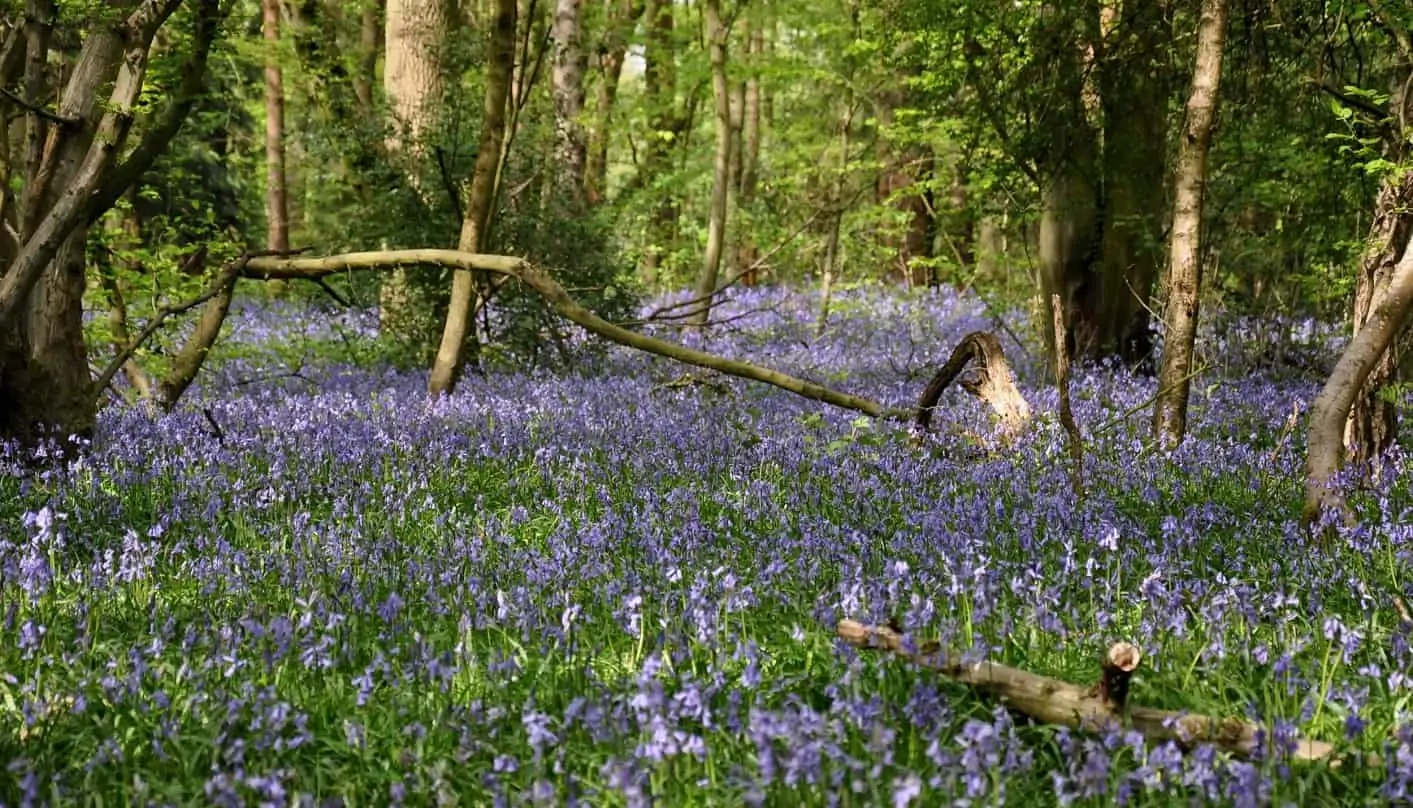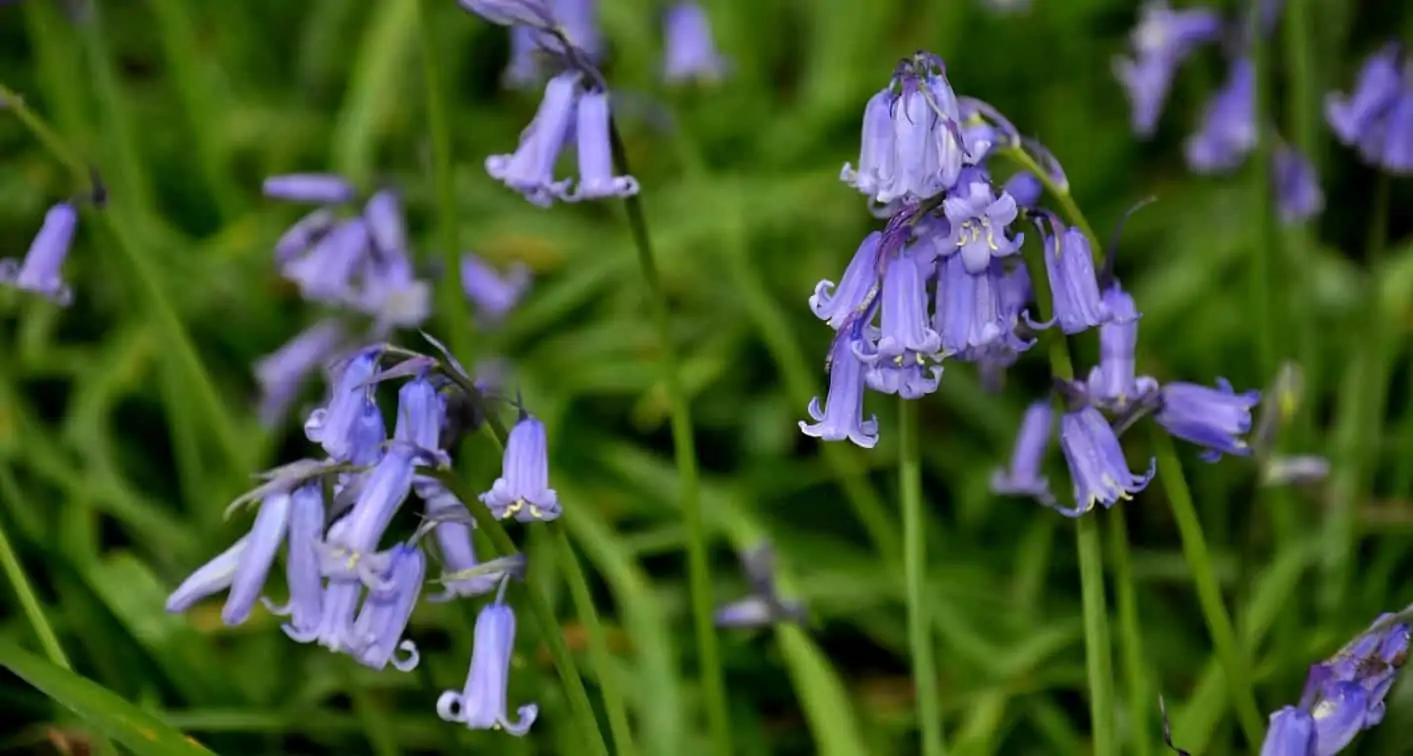
Spring offers so many beautiful sights. That one form of government recommended daily exercise can be spent well by observing the signs of spring and enjoying all that nature has to offer right now.
Staying connected with nature, especially during these difficult times, has also been proven to work wonders for our mental health and physical wellbeing as the University of Minnesota explains:
“Being in nature, or even viewing scenes of nature, reduces anger, fear, and stress and increases pleasant feelings. Exposure to nature not only makes you feel better emotionally, it contributes to your physical wellbeing, reducing blood pressure, heart rate, muscle tension, and the production of stress hormones. It may even reduce mortality, according to scientists such as public health researchers Stamatakis and Mitchell.”
Nature heals, soothes and restores to keep us balanced and positive, and spring is the perfect time to put these theories to the test.
One seasonal image we’re admiring at the moment are the carpets of bluebells that have suddenly sprung to life.
We cycled some 28km around our home county of Hertfordshire over the Easter weekend and discovered some stunning bluebell fields. It inspired us to find out more about this beautiful bloom, so without further ado, here are the interesting facts we uncovered about England’s favourite wildflower.
The UK is home to half the world’s population
As well as being a truly welcoming sign of spring, bluebells are synonymous with England. The UK is home to approximately half of the world’s population of bluebells.
Due to their rarity in the rest of the world, England is the best place to see this fantastic flower in bloom. Hertfordshire is a bluebell hotspot, with Ashridge Estate, Tewin Orchard Nature Reserve, Hatfield House and Gardens, Whippendell Wood, and Panshanger Woods among the best places to see this stunning wildflower. They’re also the perfect haunts for Hertfordshire hikes!
The rest of the UK offers an array of beautiful bluebell woods and walks. Urquhart Bay in Scotland, Grizedale Forest in the Lake District, Coed Tregib in Wales, and Burroughs Wood near Leicester are particular favourites.

There are two types of bluebell in the UK
Bluebells flower throughout April and May offering a striking burst of colour to natural scenes up and down the country.
Our native bluebell is the English or British bluebell, although the Spanish bluebell can now be found in many parts of the UK. These paler coloured, scentless bluebells may be beautiful but they are a threat to our vibrant, pungently perfumed native variety.
Both the British and Spanish bluebell are loved by butterflies, bees, and other insects, who rely heavily on the flowers’ nectar.
Bluebells are typically found in woodlands, although you may spot them in fields, parkland, and hedgerows.
They’re protected by law
Under the Wildlife and Countryside Act 1981, British bluebells are a protected species. That means it is illegal to intentionally pick, uproot, or destroy them.
Wild bluebell bulbs are also protected by law, with traders facing hefty fines of up to £5,000 per bulb for their distribution and sale.
They’re super easy to grow…
Bluebells are surprisingly easy to grow, which means you can create your own amazing woodland scene in your backyard. When purchasing bluebell bulbs however, be sure to choose our native British bluebell.
Moreover, you should also confirm that these bulbs have been cultivated and not wild collected as well as grown and sourced in the UK to ensure what you intend to grow is all above board.
Bluebells grow well in partial shade – just take a hint from their natural shady woodland habitat. They thrive particularly well when planted under deciduous trees and shrubs. The soil should also be moist and well-drained.

…But you have to be very patient
Bluebells may be super easy to plant, but they take an awful long time to become established. The bluebell’s journey from bulb to flower can take up to seven years.
Once established, bluebells must be treated with care. Bluebells that have been damaged by footfall can take several years to recover. While destruction of leaves can cause irreversible damage. When you’re next on a bluebell walk, take extra care to protect these precious plants.